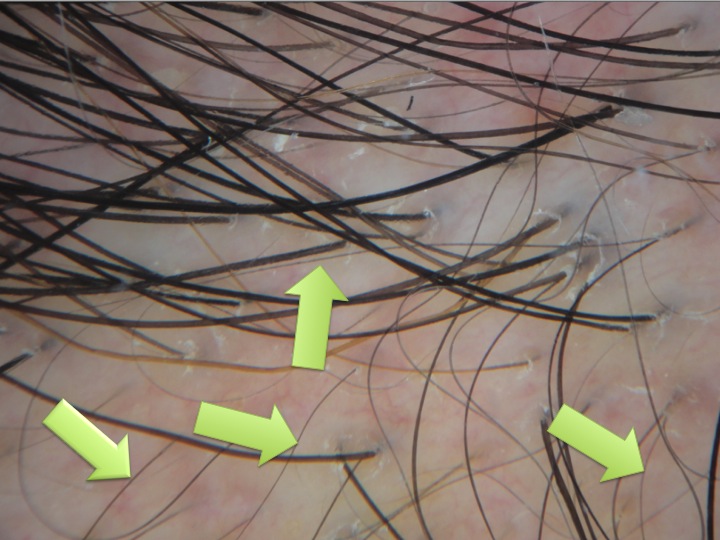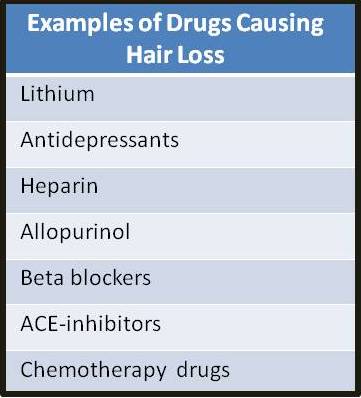Quantifying Hair Loss: Just How Much Hair Loss Has Occurred?
Quantifying Hair Loss:
All humans experience hair loss on a daily basis. But the key question is – “is this amount of hair loss abnormal?” How do we evaluate whether there has been a lot of hair loss or just a little.”
It’s normal to lose between 50-100 hairs per day. This means its normal to see some hairs in the brush, in the sink and in the shower drain. But when do we cross the boundary between normal and abnormal??
Most people intuitively know if the amount of hair loss they are experiencing is abnormal. But, when I meet a patient I try to get a sense of just how much hair loss has occurred – and just how fast the hair loss has occurred. These are extremely important to quickly get a sense of.
a) Photos. Comparing photos is sometimes a good way to get a sense of how much hair loss a patient has experienced. How different does the individual look in their driver’s license photo compared to the way they look today? Was the photo taken 6 months ago or 6 years ago?
b) Daily Shedding. How much hair “shedding” is occurring on a daily basis? Are the drains clogged? Is their hair coming out in the food? Does the patient ever count the number of hairs shed on a daily basis?
c) Pony tail. For women who wear their hair long, the size and thickness of the pony tail can be helpful in assessing the amount of loss. How much thinner is the pony tail than before? How many turns of an elastic band are needed now compared to before?
d) Styling. How long does it take the individual to style their hair to cover their hair loss? An individual who once took 15 minutes but now takes 45 minutes or 1 hour has considerable loss.
e) Spontaneous comments from family and friends. Most of the time, a family member or friend will comment on hair loss only when it has become significant. But I often ask patients if they have received spontaneous comments from others on their changing hair density.
f) Patient estimates. It’s sometimes hard for patients to quantify their hair loss but I generally ask. Specifically, I try to get a sense of the percent reduction in hair density. Has the patient loss 40 % of their hair volume in the past year? Is it 20 % ? Is it 60 %?
Quantifying the amount of hair loss is important. It helps give a sense of just how much hair loss has occurred and helps guide certain diagnoses as well. For example, consider the 26 year old woman who has lost 60 % of her hair density in the past one year and looks completely different than her driver’s license. Although she may have been told she has female pattern hair loss, one thing is for certain- she has something else going on in addition to or besides female pattern hair loss!!! She might have female pattern hair loss, but other causes need to be explored, including a variety of hair shedding problems. Female pattern hair loss is a slow process and would not be consistent with a loss of 60 % density in one year.
Quantifying the amount of hair loss is extremely important.
This article was written by Dr. Jeff Donovan, a Canadian and US board certified dermatologist specializing exclusively in hair loss.














